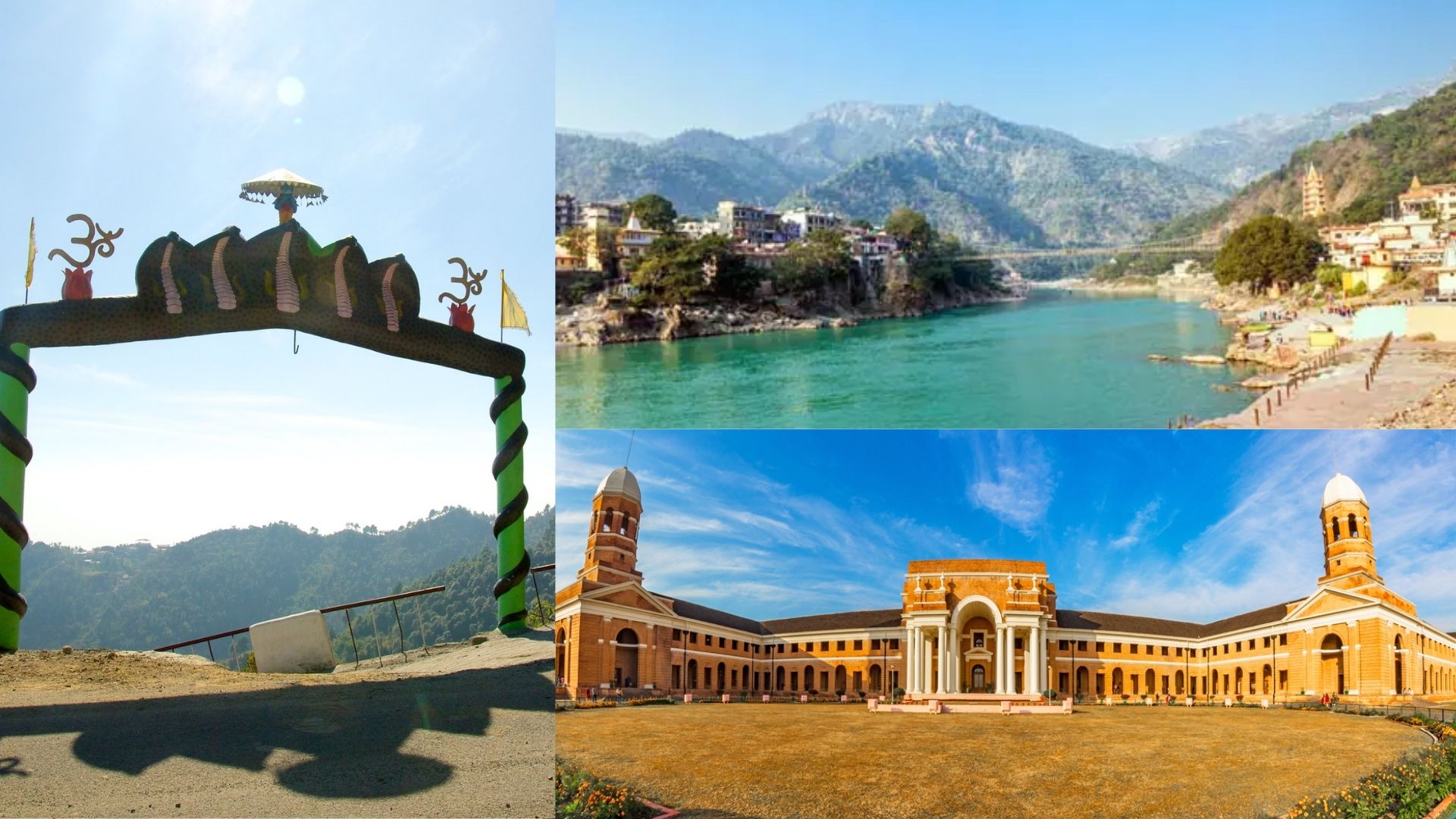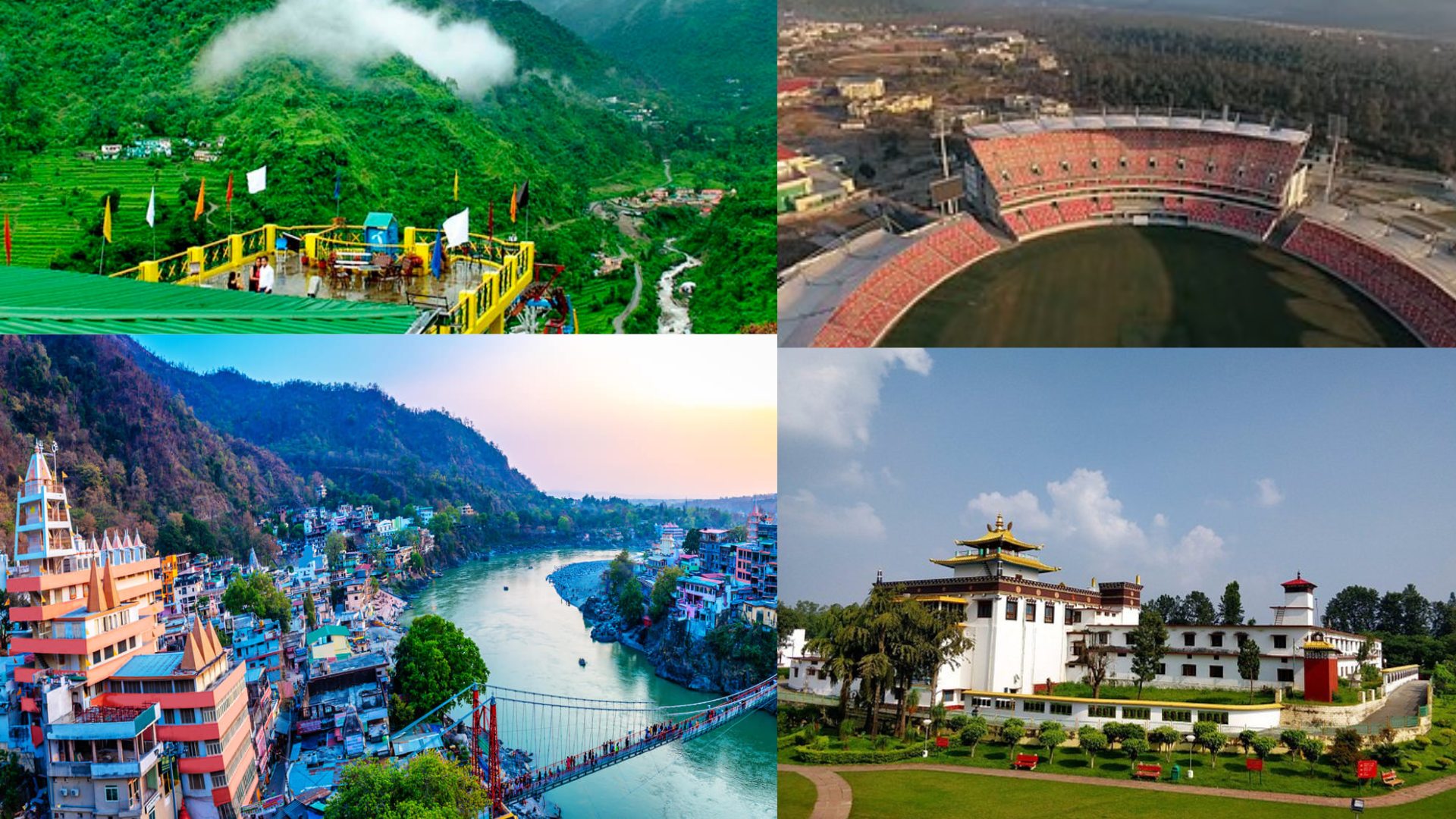About and History of Dehradun | Rehousing packers and movers
Dehradun is the most popular and oldest city in India. During Vedic times, the Garhwal division, of which Dehradun is a part, was denoted as Kedar Khand.
Legend has it that Guru Dronacharya, who is a Brahmin teacher of warfare, considered there are Doon to be a suitable place for meditation and worship.
Although; the valley of Doon was named Drona ashram, which denotes 'The Abode of Drona.' This beautiful city is located in the North East state of Uttarakhand, and it is about 235 km far from Delhi. Dehradun has the facility to connect with other cities in North India by road, air, and railway.













